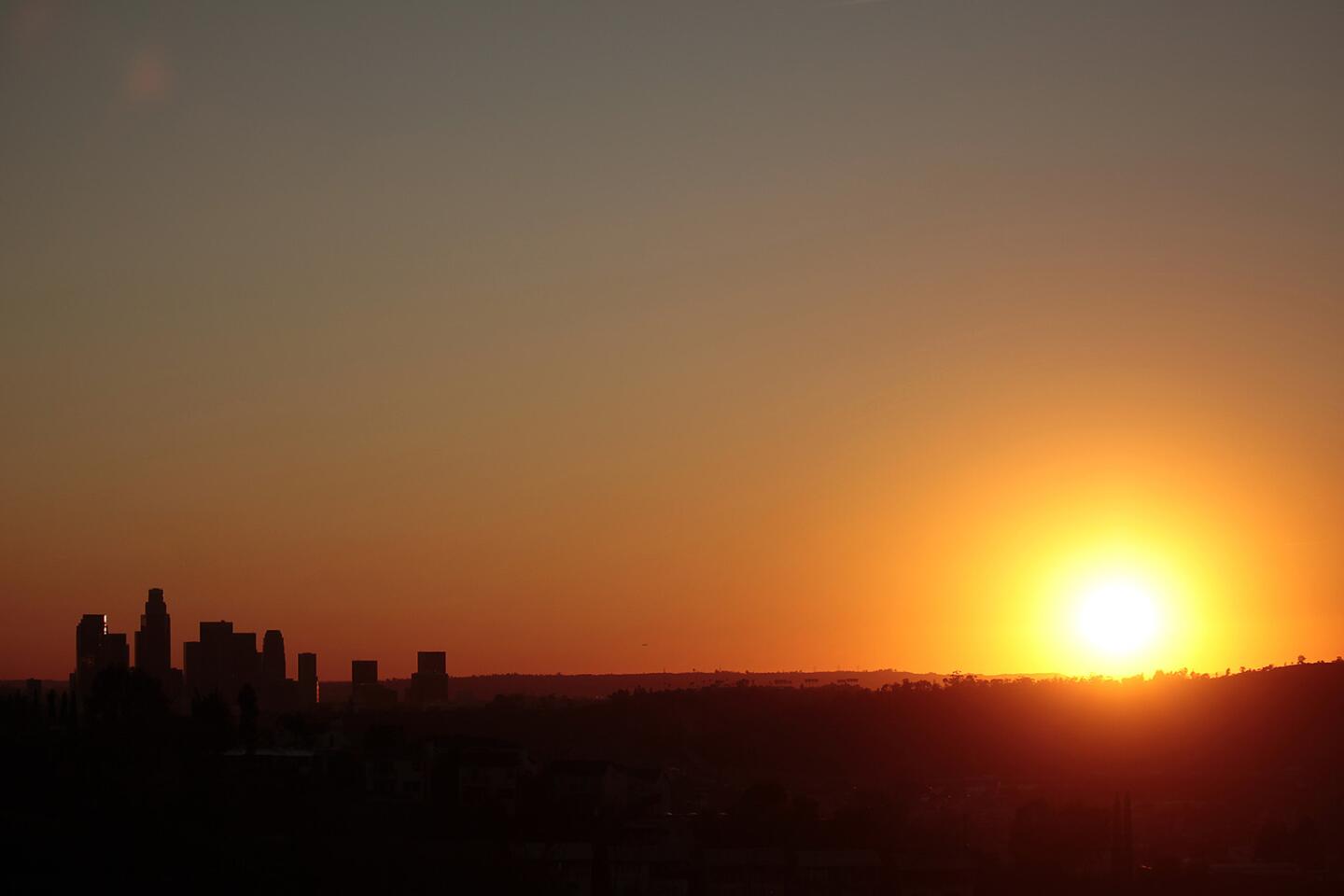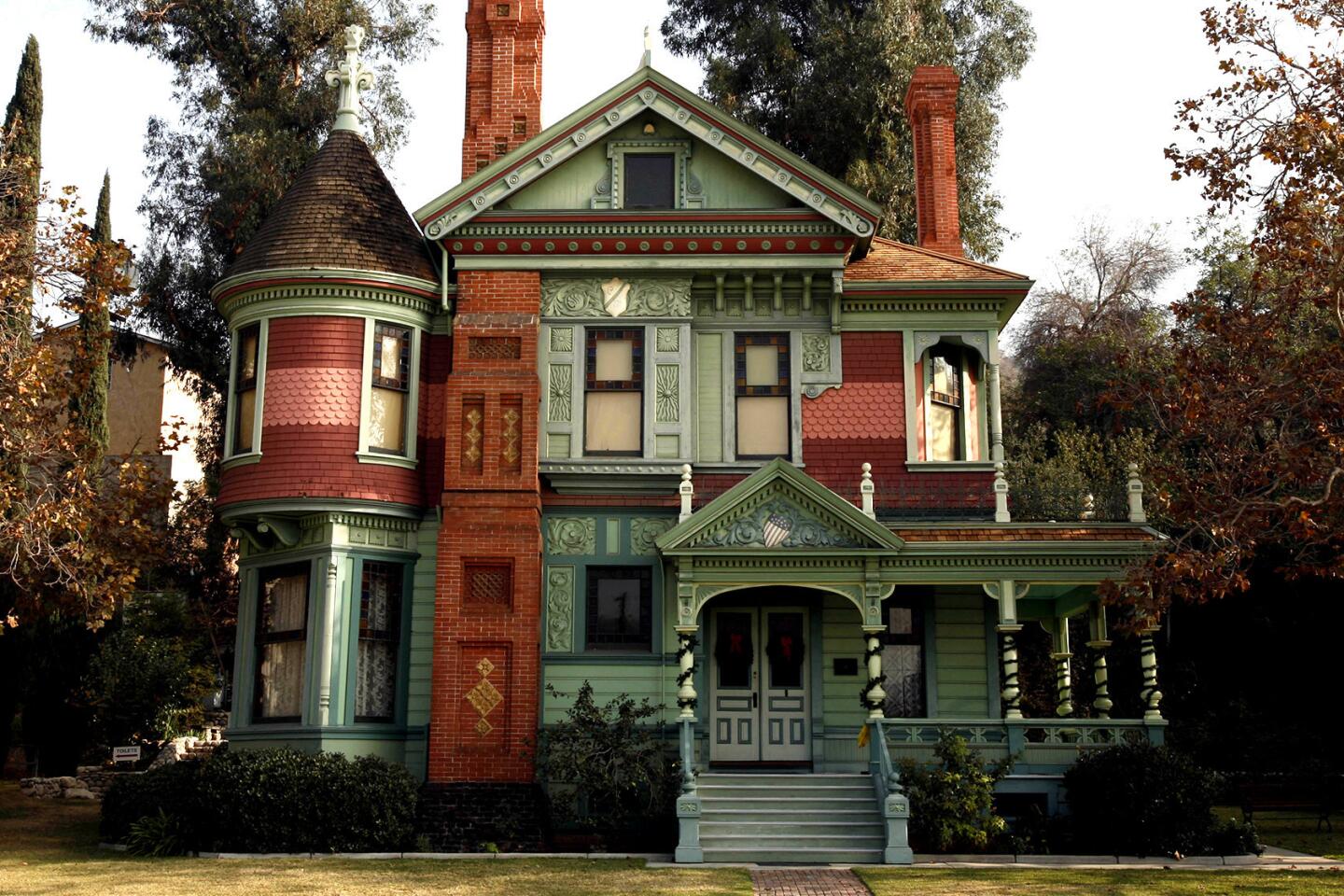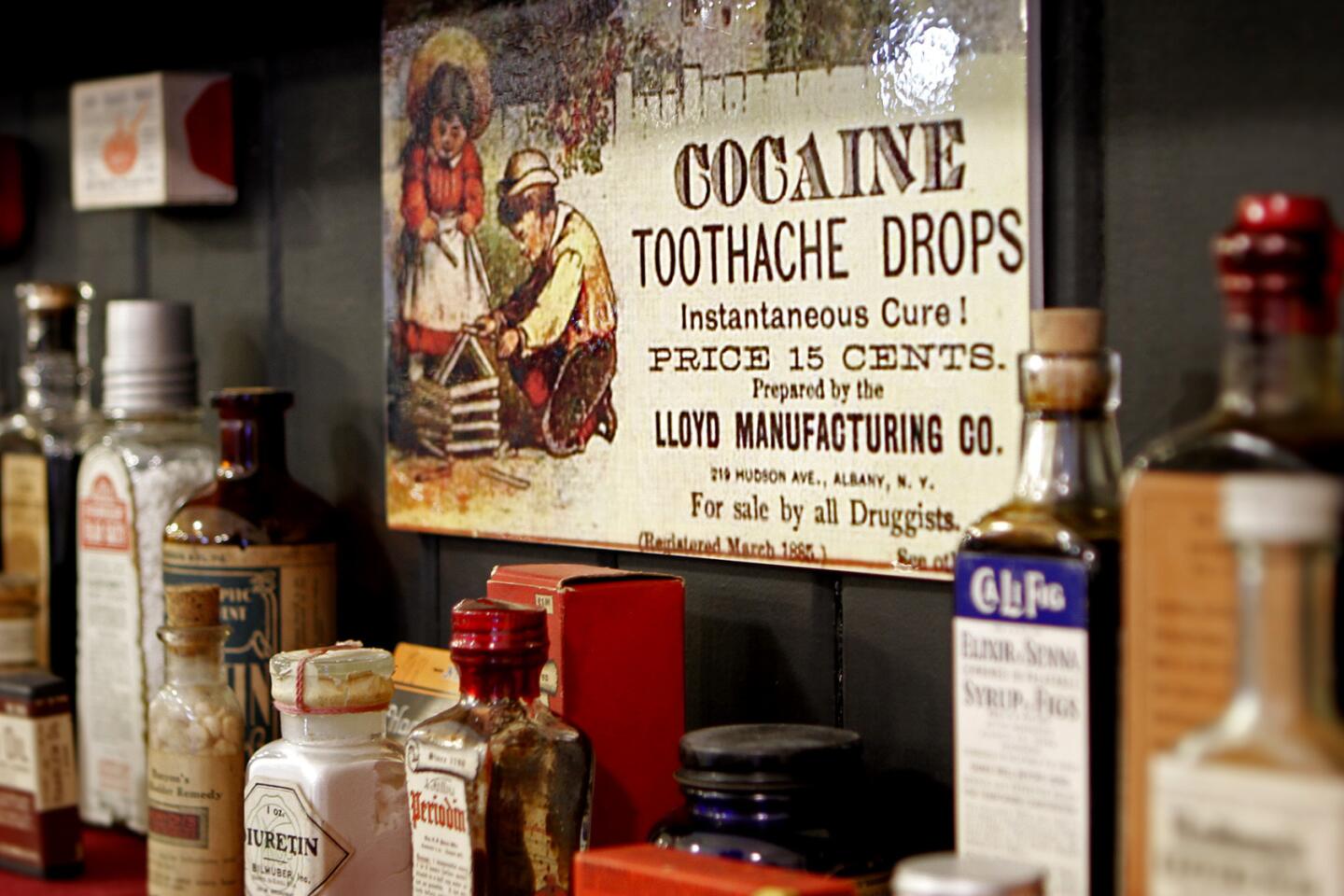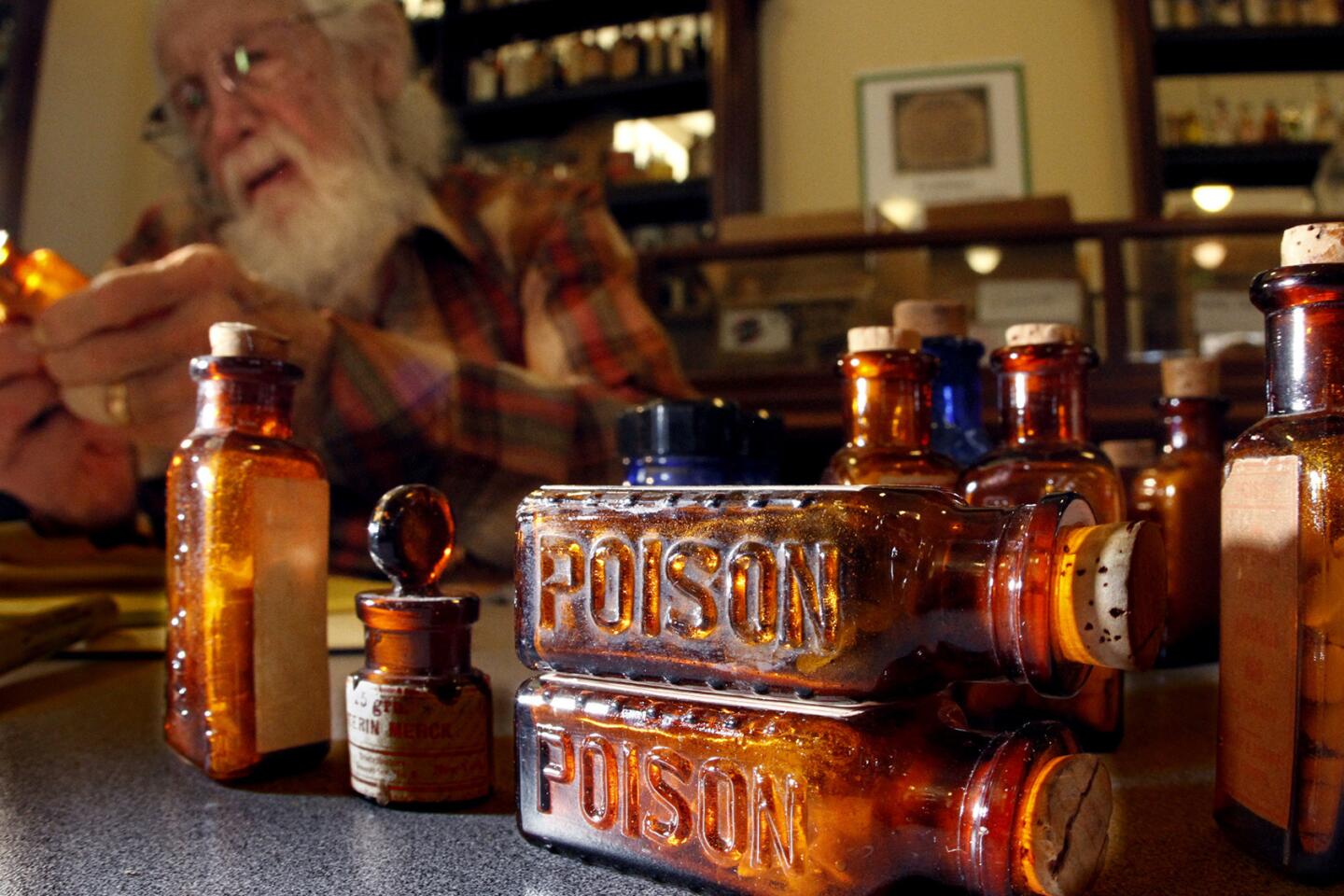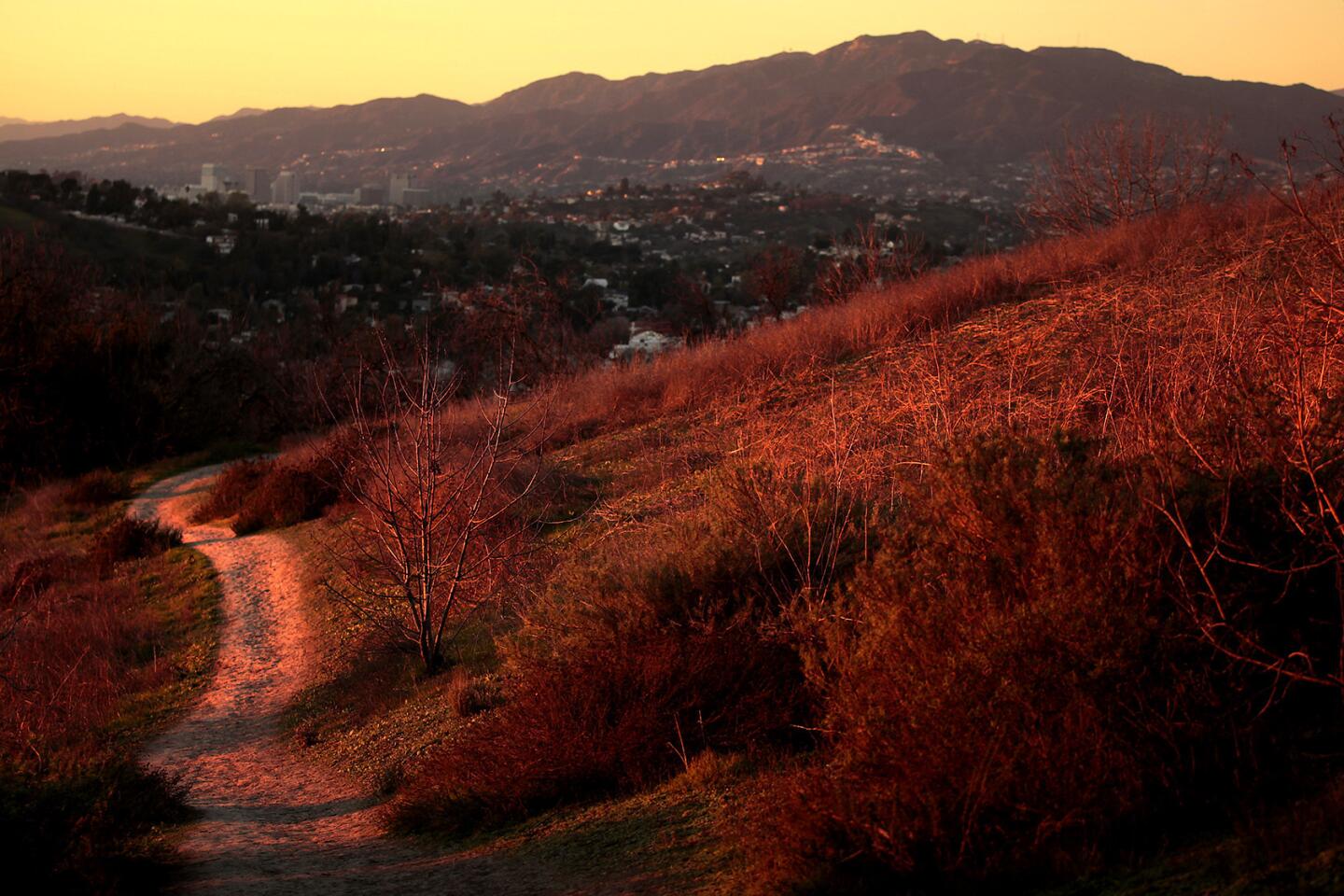Neighborhood Spotlight: Montecito Heights finds itself at a crossroad
- Share via
The term “Northeast Los Angeles” has come to encompass almost every neighborhood from Vermont Avenue to the Arroyo Seco and north of Sunset Boulevard, but one of the only neighborhoods with a bona fide historical (not to mention geographically accurate) claim to the designation is Montecito Heights.
When the Spanish laid out the 4-leagues-square pueblo that would become Los Angeles, the remote northeast corner fell in a hilly, wooded area just east of the arroyo, which the Tongva people called the “land of sometime water” in recognition of the fact that the stream came and went with the rainy season.
The steep, rugged terrain of the Monterey Hills — which put the “heights” in Montecito Heights — defeated early attempts to develop the area in the late 1880s, when close-in sections were subdivided with the aim of extending the popular streetcar suburb of Lincoln Heights to the west.
What development there was kept mostly to the flats, where trolley lines were plentiful and the new commercial corridors along Mission Road and Huntington Drive were a short walk away.
In the 1910s, spurred on by the success of residential and resort developments in Mt. Washington, the Mutual Home Building Co. began to make plans for developing Montecito Heights in earnest. So inspired were they by Mt. Washington’s ability to appeal to home buyers that their plans copied many elements of that neighborhood’s more famous features, all the way up to including a mountaintop resort served by a streetcar.
None of their grandiose plans came to pass. Some homes were built on the few hillsides suitable for development using the construction technologies of the day, but for the next 40 years or so Montecito Heights retained vast stretches of wilderness.
The advent of cantilever homes in the 1950s led to a growth spurt in Montecito Heights, as previously undevelopable hillside view tracts began to sprout houses on stilts. While the more famous practitioners of midcentury modern plied their trade in the Hollywood Hills, Montecito Heights — especially along Monterey Drive — became home to a number of designs from architects who were inspired by their work.
Even after modern engineering allowed the conquest of the hillsides, some open and semi-wild spaces remain. On the site of a proposed but canceled housing development is the city’s seventh largest park, the Ernest E. Debs Regional Park, where the verdant character of the original Northeast L.A. lives on.
Neighborhood highlights
Those views: Many homes in Montecito Heights have stupendous views of the Arroyo Seco, downtown, the San Gabriel Valley and, on clear days, the Pacific Ocean.
Explore history: Heritage Square, which preserves buildings from throughout L.A.’s early development, is on the banks of the Arroyo Seco on the southern end of Montecito Heights.
Neighborhood challenge
On the edge: With its somewhat remote location, Montecito Heights may not be a great choice for those who want to be in the thick of things.
Expert insight
Steven Kaster, an agent active in the community since 1984, said this is a critical time for Montecito Heights.
The city of Los Angeles is currently deciding how to allocate five parking lots, and community groups are pushing for everything from using the space for low-income housing to not utilizing the lots at all.
“That’s the foremost issue facing the community right now,” Kaster said. “These types of decisions, and how they’re handled, can either help Montecito Heights or destroy it.”
In addition, signs of gentrification are lurking. Kaster said the newfound interest in the community has brought in restaurants and businesses, but as home prices rise, Montecito Heights could be a much different place a few years down the road.
Market snapshot
In the 90031 ZIP Code, based on eight sales, the median sales price for single-family homes in January was $620,000, up 30.5% year over year, according to CoreLogic.
Report card
All five public schools in Montecito Heights scored within the 700 range on the 2013 Academic Performance Index. Glen Alta Elementary scored the highest, at 752. Bushnell Way Elementary and Huntington Drive Elementary scored 738 and 730, respectively.
Nearby Florence Nightingale Middle scored 756, and Abraham Lincoln Senior High, which sits just south of the boundaries, scored 693.
Times staff writer Jack Flemming contributed to this report.
MORE FROM HOT PROPERTY
Mike Myers’ former home grooves onto the market in Hollywood Hills West
Singer Trini Lopez’s Alexander-built home comes up for sale in Palm Springs
Ex-Bengal T.J. Houshmandzadeh is ready to field offers for Newport Coast home
More to Read
Sign up for Essential California
The most important California stories and recommendations in your inbox every morning.
You may occasionally receive promotional content from the Los Angeles Times.
